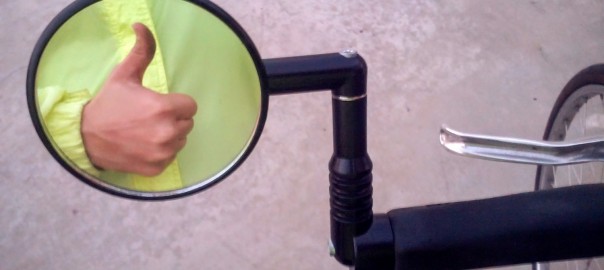You’re coming up to an intersection and want to go straight, but suddenly realize that the lane you’re to the right of is turning into a right-turn-only lane. You know bike safety: you need to get to the left of this lane before the intersection, but you’ve only got a few yards to do so.
Is it safe to pull out into the lane? Is there a car behind you?
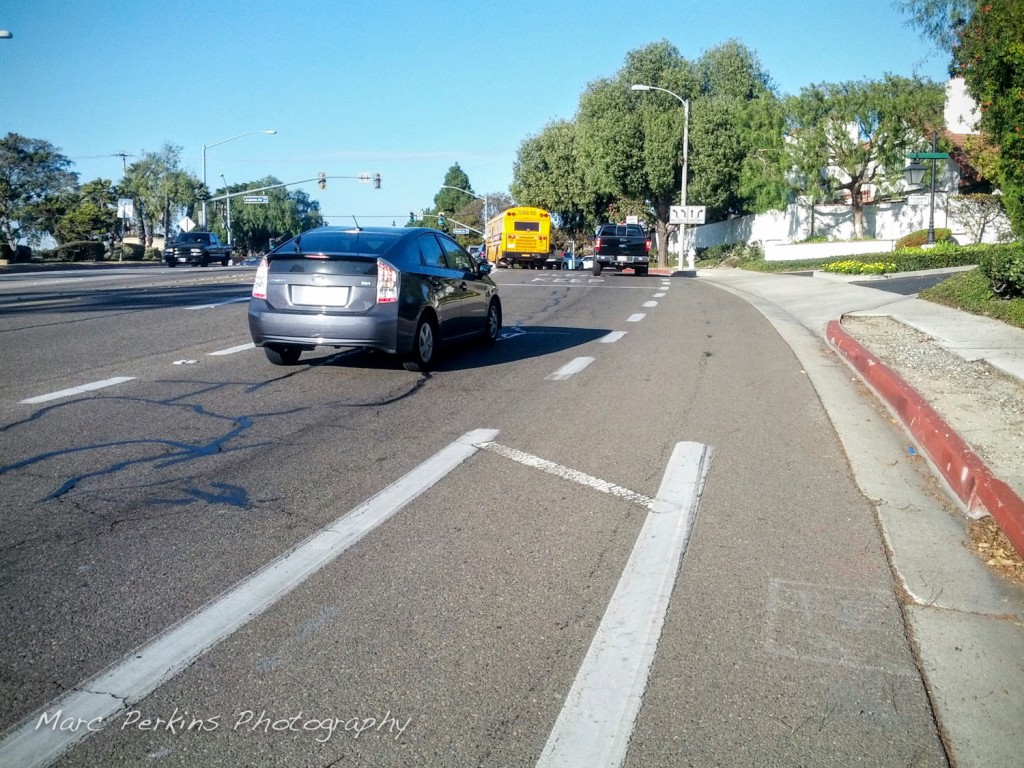
Like most riders, I started riding without a mirror. When I was on bike trails and low traffic streets this was fine, but as I started commuting and utility biking more, I found myself wishing for eyes on the back of my head. Turning to look behind me caused me to wobble left (into the cars I was trying to avoid!) and also only gave me a snapshot of what was behind me (did that car keep gaining on me, or did it slow down to let me over?).
When I finally bought a mirror, my cycling world changed. All of a sudden riding on busier streets and navigating complicated intersections got easier: with a single glance I could immediately tell whether cars were behind me or not1. And, even better, I could predict when the road would be clear – by regularly glancing in the mirror I could see, for example, that after one car passed me I’d have an open road behind me, allowing me to swing into that left-turn lane three lanes over.
Riding with a mirror has given me tremendous amounts of confidence in traffic, yet very few road cyclists use mirrors2, and that’s a shame. They’re not expensive, they’re easy to mount, and dead simple to use.
There are two primary types of mirrors used on bikes:
Handlebar mirror
If you’ve got a bike that has straight handlebars, then this is the type of mirror I’d recommend. It mounts in the end of your handlebars, sticks out a few inches, and is a lot like the side mirrors you’re probably used to in cars. Once you get it angled properly you’ll be able to see behind you without moving your head at all.
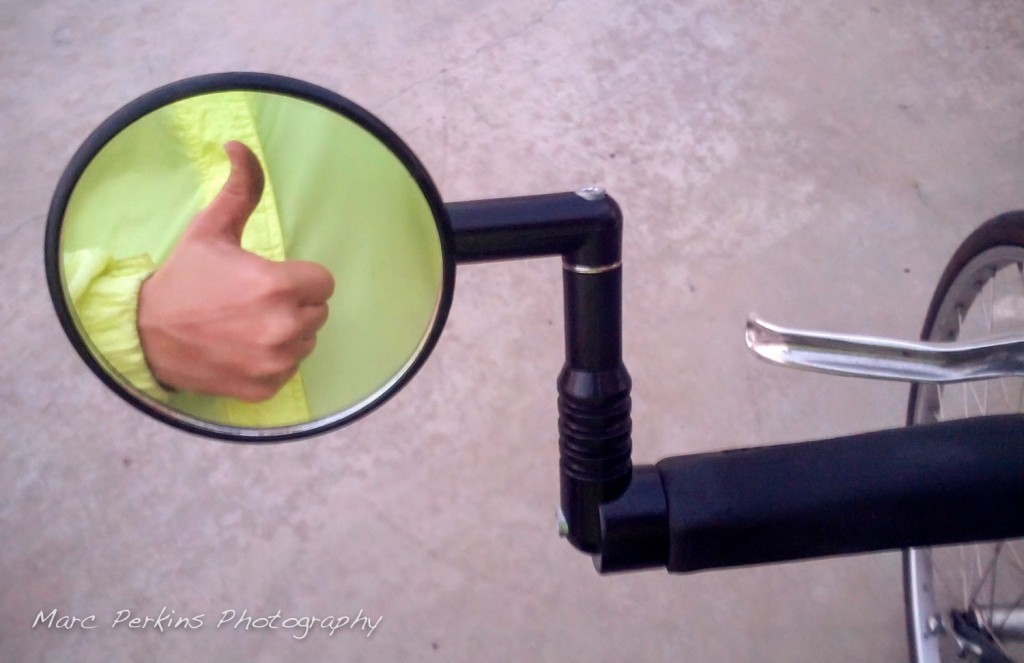

The mirror rotates on about a gazillion (three) axes, so you’re nearly guaranteed to be able to adjust it so that you can see behind you from your normal riding position (assuming your handlebars are a sane width). The mirror also easily rotates on its mounting stem left and right, making it easy to swing out of the way for parking or other tight maneuvers.
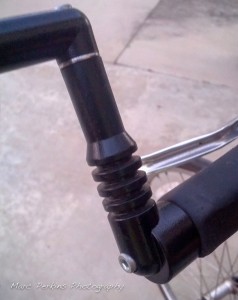
It’s easy to install yourself at home, though it will take a few minutes to put together and also requires removing the bar end plug (or cutting a hole in the grips, if they cover the bar end like mine did).
Note that if you regularly ride in different positions on the bike (e.g., sitting on the seat and standing up on the pedals) you’ll have to choose just one riding position in which the mirror will be optimally adjusted.
Glasses mirror
Road bike handlebars are much more difficult to attach a mirror to. While you can get mirrors that attach to the ends of the bars (such as the Sprintech Drop Bar Mirror), they don’t seem as easy to use (or to provide as wide a field of view); few riders use them, and I’ve never had the chance to try them.
Since I wear glasses, and thus am always either wearing prescription sunglasses or regular glasses when I cycle, a glasses mirror makes perfect sense when I’m on my road bike. The one I have is the Take A Look Cycling Original Eyeglass Mirror.
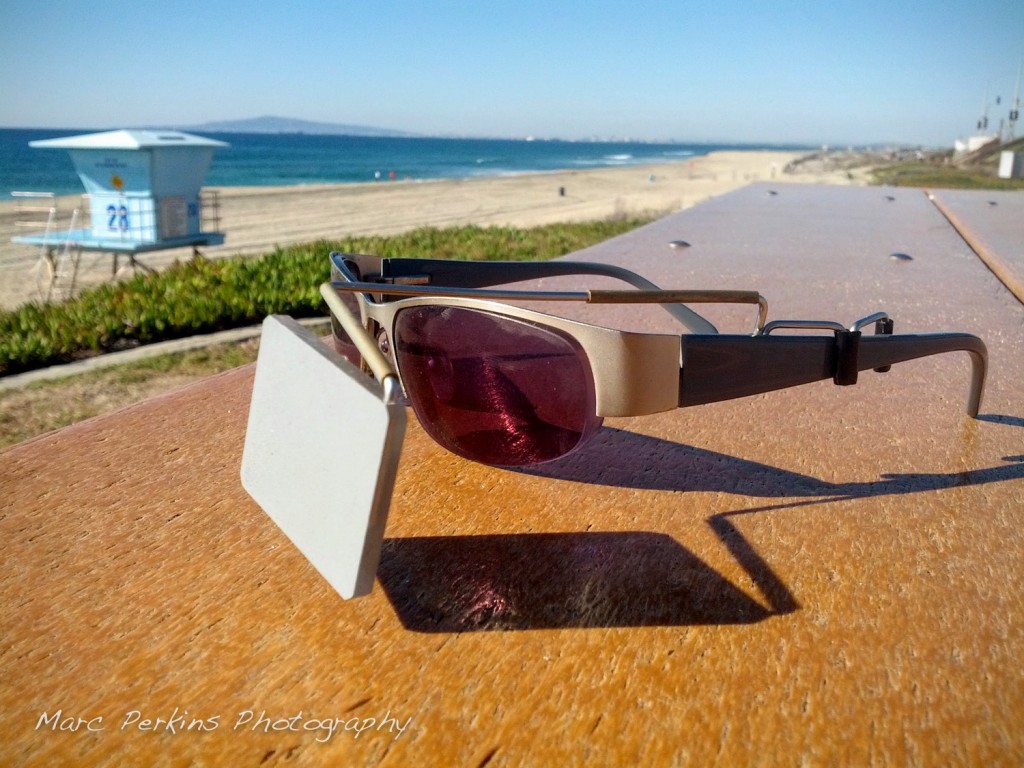
I have the “original” version, and it’s easy to slide onto both my regular glasses and sunglasses (it removes quickly as well). It sits in the upper-left portion of my field of view and is fairly adjustable (rotates forward and back as well as left and right), but even so it’s impossible to see truly behind me without rotating my head slightly to the left3. However, I’ve gotten quite used to this slight head rotation motion, and it’s now second nature. The mirror blocks a bit of my field of view, but it’s far enough to the side that it’s not a big deal (and I now barely even notice it). It’s also only about $14 on Amazon right now.
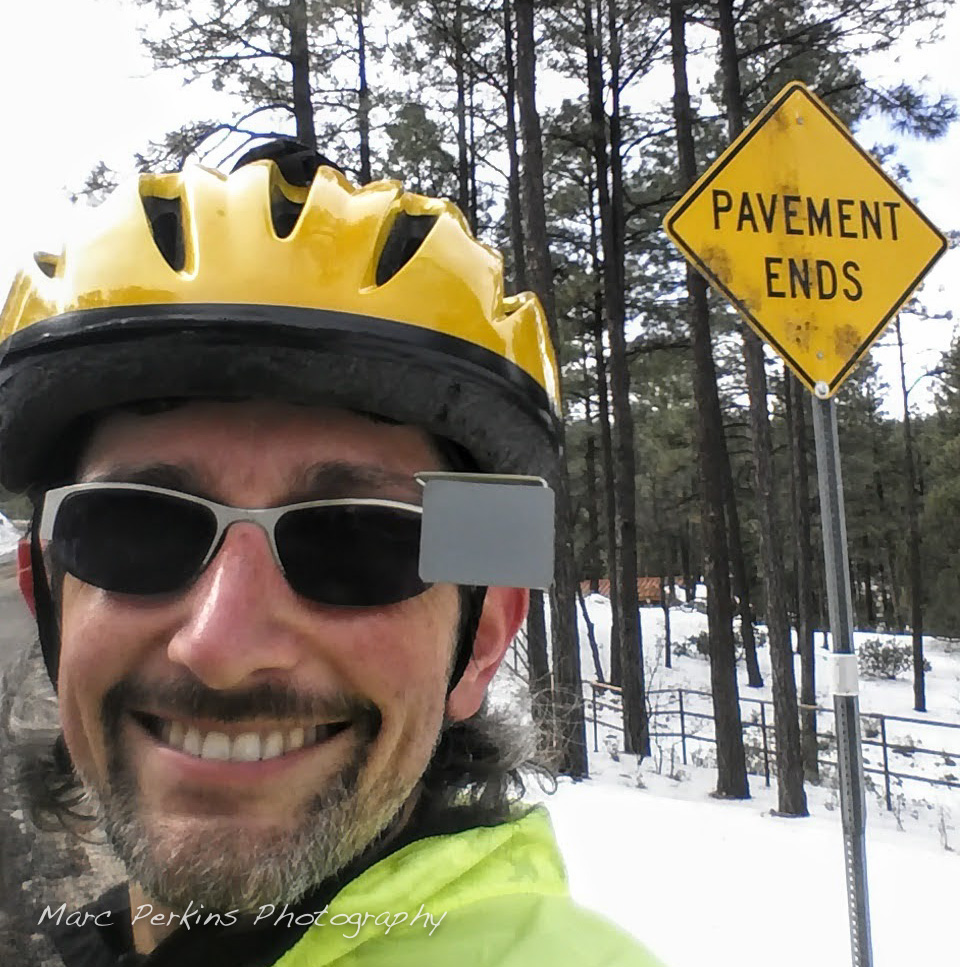
Comparing the two types
| Handlebar | Glasses |
|---|---|
| Permanently mounted to bike | Must be mounted to glasses each ride, but works on any bike (some may be helmet mountable) |
| Somewhat complicated installation, but only needs to be done once (per bike) | Easily slides onto glasses |
| Can see behind without moving head | Must move head to see behind |
| Fixed view of the rear | Can scan behind you by rotating head |
| Works best if you’re in a single riding position | Works regardless of your position on (or off) the bike |
| My recommendation for bikes with standard flat handlebars | My recommendation for road bikes with drop handlebars or bikes that can’t have a handlebar mirror installed |
Whatever type of mirror you get, just get one – you’ll be glad you did.
After all, would you drive a car in traffic without mirrors?
Footnotes
1 – Note that I do regularly look over my shoulder to see if the lane is clear even when riding with a mirror, and I advise you to do so even after you get a mirror. You never know when something is just outside of the field of view of your mirror; always check before you go.
2 – Mirrors are also useful for group riding, as they let me easily see whether group members are keeping up or trying to pass me.
3 – Blame physics and my big head for this, not the mirror design. If the mirror were offset to the left enough to see behind me without rotating my head I’m fairly certain it’d be outside the field of view of my glasses.
Disclaimer: I purchased both of the mirrors at retail, and have not been compensated by the manufacturers of these items in any way for this post. I also haven’t used mirrors other than those listed above, so can’t really compare these to others.
(The intersection highlighted in the starting picture is Placentia and Adams in Costa Mesa, CA, approaching it from the south on Placentia).
